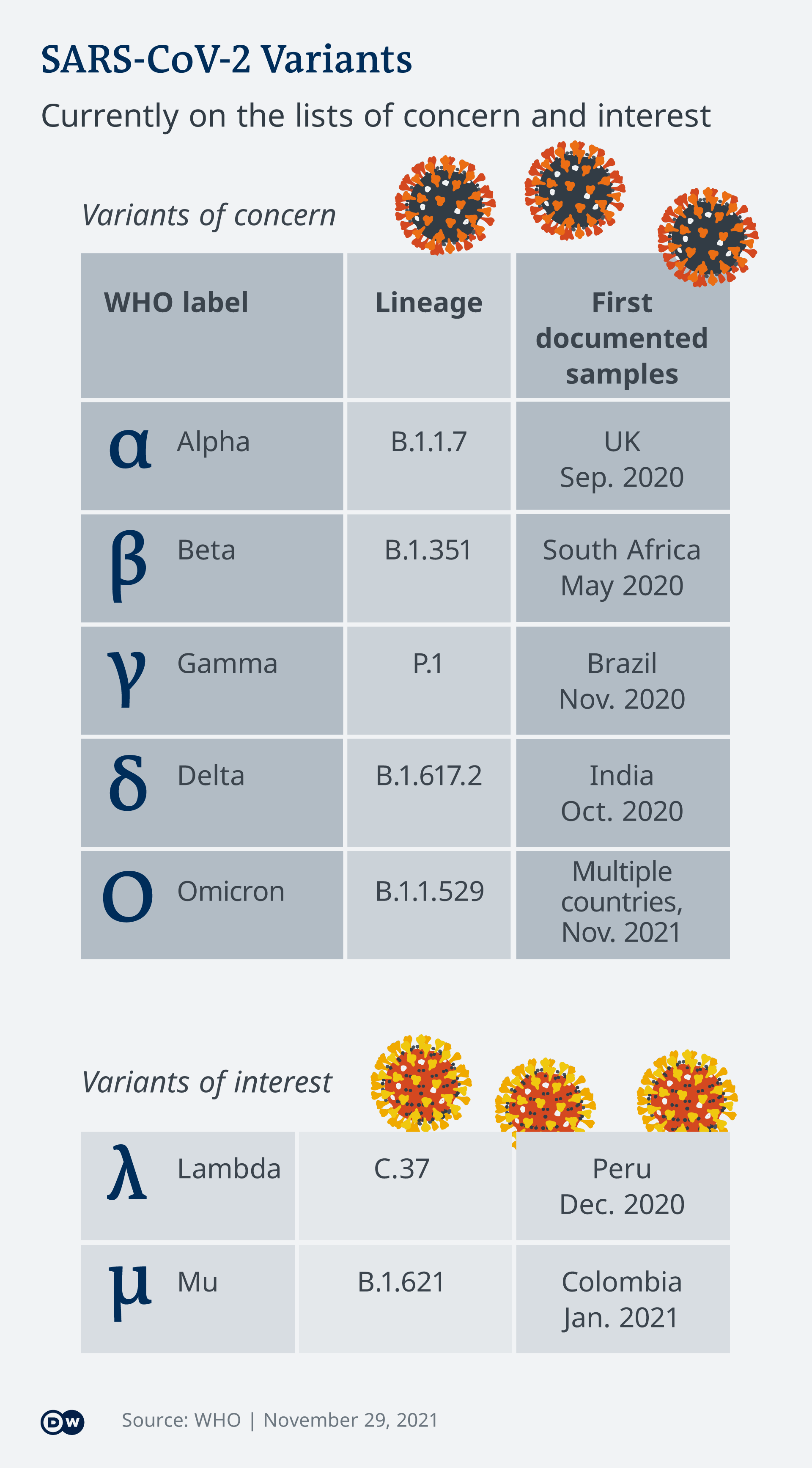COVID is now hyper-contagious
The amount of time it takes to start experiencing COVID symptoms if you're infected is shrinking.
Early in the pandemic, an exposure to
COVID meant waiting anxiously for many days to see if you were infected. Now,
the window is getting smaller and smaller, according to a new review published in the journal
JAMA Network Open.
Researchers analyzed 141
studies to determine how COVID’s incubation period ― the time from when
you get infected to when you start showing symptoms ― has changed since March
2020. The study, which was conducted by scientists in Beijing, found that
with every new variant, COVID’s incubation time has decreased significantly.
Omicron, which is the current dominant variant in the United
States, has the shortest time between infection and symptoms.
“The incubation periods of COVID-19
caused by the Alpha, Beta, Delta and Omicron variants were 5.00, 4.50, 4.41,
and 3.42 days, respectively,” the study stated.
It’s worth noting that the studies
analyzed in the review largely relied on people recalling their date of
infection and the date symptoms started from memory, so there is room for error
if any study participants misremembered.
But, two experts told HuffPost that
they agree with the findings and are seeing a shortened incubation period in
their own work, too.
A shorter incubation period
means COVID can spread more easily.
According to David Souleles, the campus public health response team director at the University of California, Irvine, when you become symptomatic faster, you have more of the virus circulating in your system. This makes you more likely to spread the sickness to someone else.
“Symptoms, so coughing and sneezing,
accelerate the ability of the virus to move from person to person,” he said.
Plus, since there is no longer a
7-to-10-day window between infection and symptoms, the virus is building up
faster and doesn’t have to hang out in a person for a period of days before
infecting someone else, Souleles explained. In earlier variants, there was a
longer gap of time when the virus was building up in the system but not able to
transmit to another person, he said. Now, that isn’t the case.
So, say for example you had dinner with
a friend on Saturday who informs you on Sunday that they just tested positive
for COVID and you may have been exposed at dinner. If you were infected,
chances are your symptoms will appear pretty fast, like by Tuesday or
Wednesday.
There’s also a chance you may have
spread the virus to other people within that short timeframe as well, which was
less likely than in other incubation windows for variants like alpha and beta.
For those earlier variants, the virus required more time to build up before
being transmissible.
The shorter incubation period
achieves the virus’s goal: to infect more people.
The study stated that “since the
beginning of the COVID-19 [pandemic], [COVID] has evolved and mutated
continuously, producing variants with different transmissibility.”
This is because the virus develops
changes to its structure that make it more invasive so “it can do
what viruses want to do — continue to infect people,” said Dr. Gregory Poland, a professor of medicine
and infectious diseases at the Mayo Clinic. The shorter incubation period
is one of the ways the virus has mutated to become more contagious, Poland
explained.
COVID is now hyper-contagious and has
“developed the capacity to infect the upper airway more than the lower airway,”
which makes it that much more transmissible, too. If a virus is in your upper
airway (your nose and your throat) it’ll have an easier time spreading through
the respiratory route when compared to a virus that is in your lower airway
(like the lungs).
Just how much more contagious are these
current strains? Poland explained that “if [omicron] had shown up and not
the original strain [in 2020], we wouldn’t be talking about 1 out of 308
Americans being dead, we would probably be talking about 1 out of 200.”
As time goes on and COVID continues to
infect people, the virus mutates to become more contagious, resulting in new
strains of the virus.
To protect yourself, get the
updated COVID shot in the fall.
This all may feel pretty grim, and
rightfully so. But, there are ways you can keep yourself and your loved ones
safe.
“The one thing people can continue to
do is make sure they are up to date with their vaccinations,” Souleles said.
He added that it seems many people will
have that opportunity to get a booster dose in the fall that will better target
BA.4 and BA.5. Both Pfizer and Moderna will have updated COVID vaccines that provide
stronger protection against omicron than the current iteration of the vaccine.
Souleles encouraged people to consider
getting the vaccine once it’s authorized by the Food and Drug
Administration and recommended by the Centers for Disease Control and
Prevention.
And continue to follow the
mitigation measures we know well.
You’ve heard this hundreds of times in
the past two-plus years, but it’s important to follow the rules we know keep
COVID from spreading ― especially as it’s more contagious than ever.
Wash your hands for 20 seconds, wear a
mask indoors, opt for outdoor settings when possible, stay up to date with your
vaccinations, take a COVID test if you feel sick and isolate if you test
positive.
Experts are still learning about
COVID-19. The information in this story is what was known or available as of
publication, but guidance can change as scientists discover more about the
virus. Please check the Centers for Disease Control and Prevention for
the most updated recommendations.
